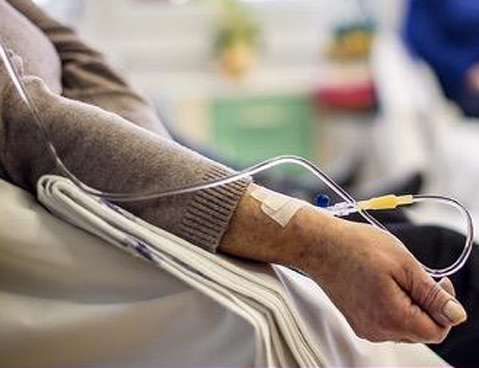For anyone old enough to remember the internet in the days of dial-up modems, it's astonishing to think of how far the technology has come. To be able to videoconference with someone across town or across the country in real time is truly a miracle of modern science. It's like living in the future—today.
However, it's fair to acknowledge that something can be lost in the experience. From technological difficulties to the limitations of not being in the same room as your health care provider, it's possible for the human connection to be lost along the way. With a little planning, you can be better prepared to make the most of your virtual office visits.













